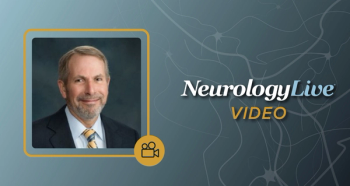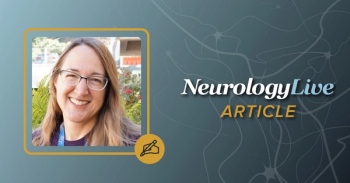
Joe Verghese, MBBS, MS: Advantages of Non-Invasive Brain Stimulation in Alzheimer Disease

The director of the Montefiore Einstein Center for the Aging Brain discussed the advantages of non-invasive brain stimulation and what has been previously observed in patients with Alzheimer disease.
"It’s non-invasive. You don’t have to do an intervention or surgical procedure to implant that like you would do with other brain stimulators. It also has a very low side effect profile and is very safe to use.”
In October, the National Institutes of Health awarded 2 grants, totaling $13.8 million to Joe Verghese, MBBS, MS, to conduct studies on pre-dementia and Alzheimer disease (AD). The second of the 2 will focus on treatment, specifically, the at-home use of transcranial direct current stimulation (tDCS) therapy, delivered with a bathing-cap head covering.
Across a 6-month trial period, 100 patients with mild-to-moderate AD will receive either placebo or actual tDCS treatments for 30 minutes, 5 times a week in the randomized, double-blind study. Verghese, director of the Montefiore Einstein Center for the Aging Brain, and Helena Knotkova, PhD, DPhil, associate professor of medicine, Einstein College of Medicine, and director of clinical research and analytics at the Metropolitan Jewish Health System (MJHS) Institute for Innovation in Palliative Care, will lead the study and examine whether the non-invasive brain stimulation technique can alleviate symptoms of AD and improve brain function.
In an interview with NeurologyLive, Verghese discussed the current evidence that exists to support further examination of brain stimulation in AD, as well as the advantages the therapy may bring to the patient community.
Newsletter
Keep your finger on the pulse of neurology—subscribe to NeurologyLive for expert interviews, new data, and breakthrough treatment updates.



























